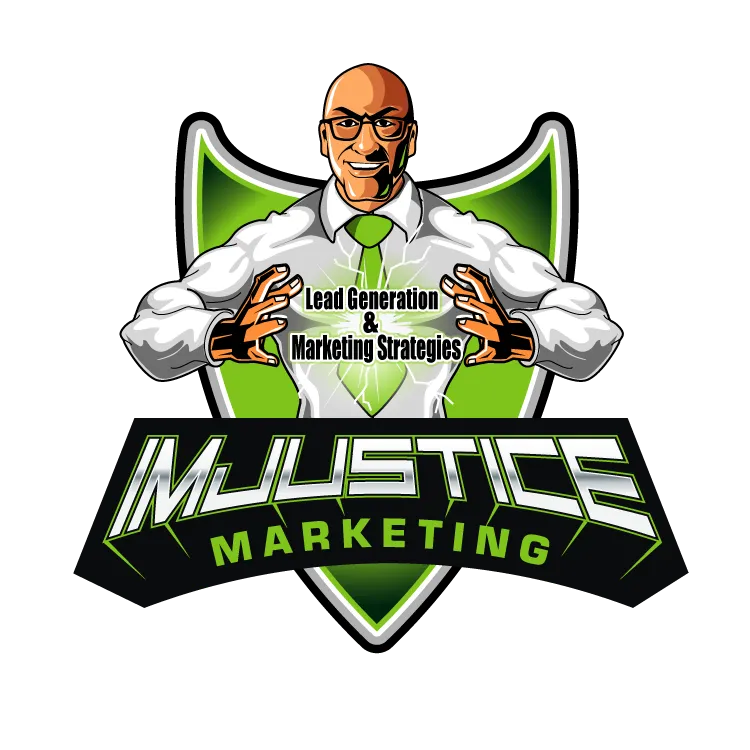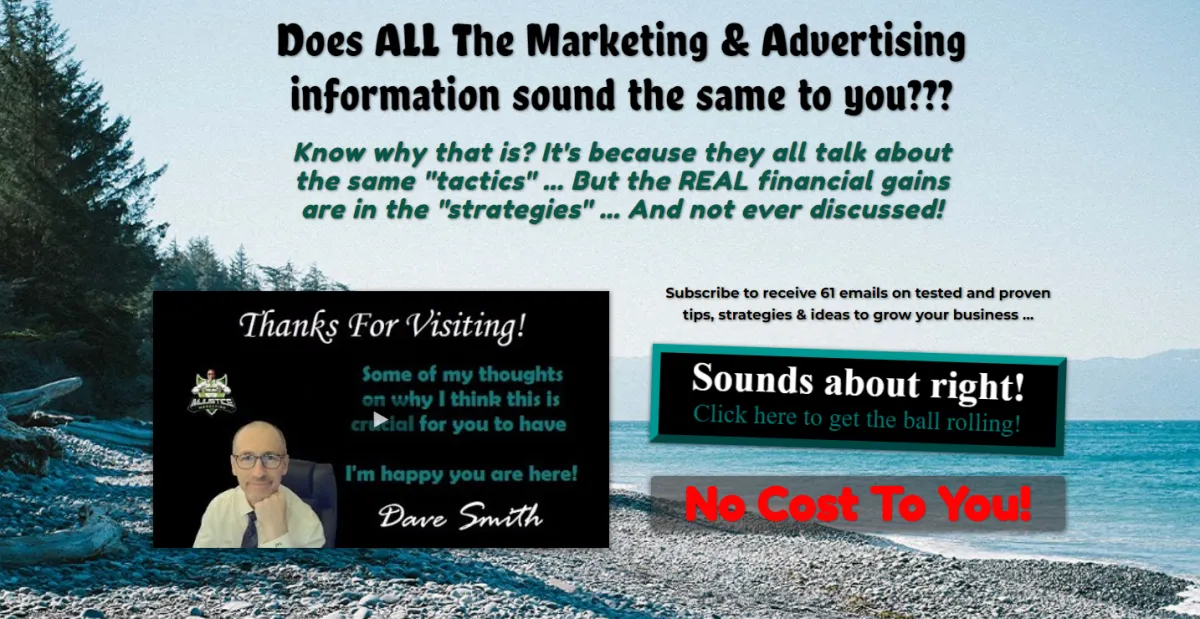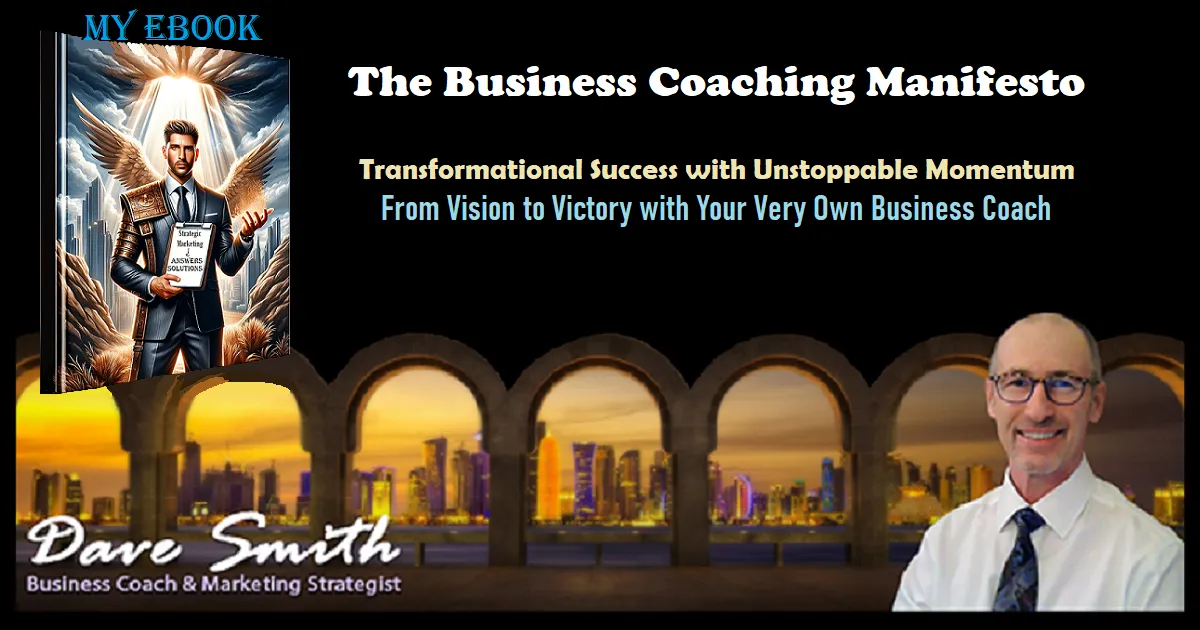Strategic Marketing BLOG
Strategic Marketing ... The ONLY way to build the business you have always wanted
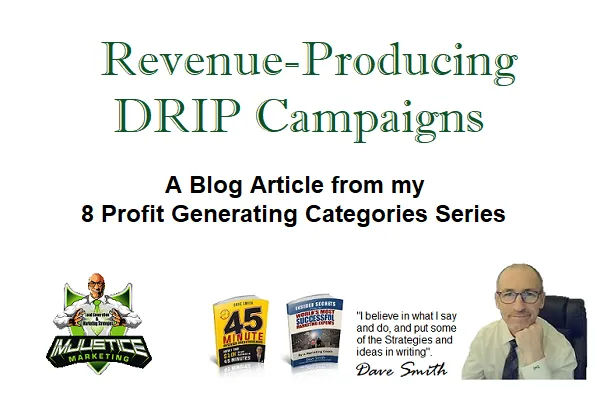
How To Create A Revenue-Producing Drip Campaign
How To Create A Revenue-Producing Drip Campaign
The theory of using a DRIP Campaign in your Marketing efforts is not new. What is a developing trend, however, is the level of complexity that sophisticated Marketers are using in these types of programs today.
A DRIP Campaign describes an email and/or direct mail program that automatically delivers emails, letters, brochures or postcards to customers or prospects on a predetermined and scheduled basis, basically a steady “drip”. In the past, these events would continue through their pre-programmed linear series of deployments until reaching the end of the cycle. Perhaps this process of treating your prospects like lemmings (all behaving the same way) worked before … but it doesn’t with today’s sophisticated consumers. Today, you need a much more advanced DRIP Campaign to deliver your message.
Today’s successful DRIP Campaigns are neither linear nor simple.
In fact, some of the most successful programs I’ve seen when all
laid out look like a wiring diagram for the space shuttle. These programs are a massive system of triggered events that send
pre-constructed messages based on a series of observed customer behaviors. The program will continue to change and deploy
varying messages based on the last consumer action.
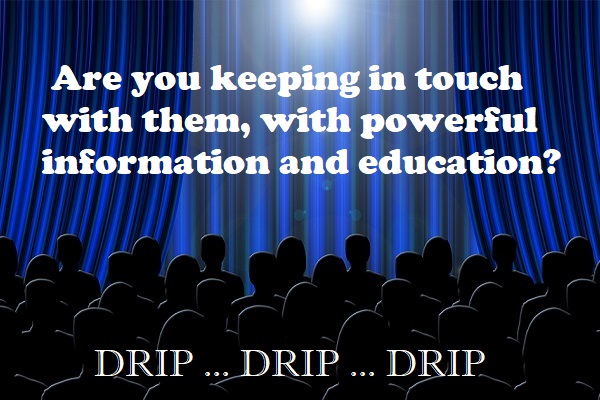
Let me try explaining this concept using only a simple series of events. Let’s say a group of consumers visit your website and browse for outdoor camping equipment. They spend some time looking at tents and other items. They add several items to their cart but don’t complete the purchase. Generally, it wouldn’t be considered a cutting-edge Email Marketing Strategy for that retailer to then deploy an auto- triggered message, including an incentive to encourage the completion of the sale, such as free shipping, a certain percentage discount, etc. So ask yourself this … do your triggered events end there or do they continue and adjust to what the consumer does next?
Some of these prospects will return to the site and complete their purchase, while others will return but not purchase … and others won’t even open your email to see the added incentive. A follow up email can be sent with an additional incentive to the people who returned but did not purchase.
There you create another split. You will have some who return and purchase, others who return without purchasing and some who will not open the email. After a few rounds of incentive messages without the desired result (a sale), this company may elect to switch to direct mail, and send out their offer as a postcard, a flyer or a letter. For those who fail to respond to this wave of Marketing, that may trigger a short survey to be sent to them so the company can better understand their situation.
Just think how this would look if another trigger was added representing people who did make a purchase but only bought one of the items originally in their cart? Suffice it to say that the level of complexity and number of triggered events should be carefully considered based on your business model, sales cycle, seasonality, revenue per sale, etc.
Setting up an effective DRIP Campaign can be a complex process that takes a fair amount of time and effort. But like your garden … you reap what you sow. The difference in email, however, is that once the system is in place and producing measurable results it should only require basic “care and feeding” to keep the triggers and the messages optimized.
5 Ways to Mess Up Your DRIP Campaign
DRIP Campaigns are an effective way to educate new leads in an automated and consistent manner. Sending a series of emails or direct mailings can provide them with the information they need to make the right purchase decision. DRIP Campaigns don’t replace skilled salespeople … they complement them. They can be designed to actually “prequalify” the ideal client.
With current lead volumes, this can be a huge advantage, since it’s often impossible for salespeople to provide detailed follow-up with each new lead. Now they can focus on those leads who responded favorably to the DRIP Campaign. As a result, more leads turn into opportunities, and sales productivity increases dramatically. However, there are many things that can go wrong with DRIP Campaigns.
Here are the top 5 things to avoid:
Drip Too Fast
Many Marketers overestimate how many emails their recipients can handle, so they send too many messages too fast. In certain situations, you may want to send emails daily or every other day, but in most campaigns, you’d be better off with one message per week at most. This reduces the number of recipients who get annoyed with your messages and it reduces the amount of original content you need to create. Consider the situation of your ideal prospect to determine the frequency.
For example, if you own a Daycare, most prospects would have an immediate need for Daycare services. Chances are they just moved into the area and will be starting work soon. They will be making a quick decision (probably with 7 to 10 days), so a daily email would be appropriate. Same thing for a moving company. Movers NEVER start shopping for a mover until the last minute, so a rapid-fire DRIP Campaign will work best.
But for the vast majority of businesses, prospects are shopping around and are often not hurried to make a final decision. You aren’t under the gun so to speak to purchase a new home, a new car or a swimming pool. Weekly mailings would be much more appropriate.
Be Too Promotional
With every email you send, you must and should offer an option to opt out: it is both a legal requirement as well as a useful way to filter out unqualified or uninterested prospects who will often unsubscribe themselves. But you want to avoid that qualified prospects unsubscribe simply because they’re annoyed with your messages (emotional unsubscribes). Getting too many promotional messages is the #1 annoyance, so that’s something to avoid. Never forget that people love to buy … but they hate to be sold.
The key is to provide value in almost every message you send. Send at least 3 educational messages for every promotional message. You can’t force people to buy, so educate them as to the value and benefits you offer them and highlight the things that separate you from all of your competitors.
Enter People in the Same Drip Campaign Twice
One reason why DRIP Campaigns are so effective is that they’re tailored to the prospect’s needs. Some prospects may even feel that the messages were hand-selected for them, which is exactly the effect you want to accomplish. However, this will immediately backfire if you accidentally add prospects to the same DRIP Campaign for a second time. The best Marketing automation solutions avoid this situation by making it impossible to add someone to the same campaign more than once.
Don’t Monitor Lead Activity
DRIP Campaigns are a means to an end: ultimately, you want to deliver more qualified leads to your sales force. To do so, you need to measure the responses to the DRIP Campaign so you can forward the most active prospects to the sales team for further qualification. Lead scoring is an effective tool for this. You can assign a numeric score based on email opens, email clicks, web page visits and form submissions. Once this score reaches a certain threshold, you notify sales about this promising lead.
Forget to Plan for After the DRIP Campaign
Of course, you’ll let your DRIP Campaign run long enough for most prospects to get sales ready. However, we’re dealing with averages here: some people will be sales-ready long before your DRIP Campaign is done, and others will need more time. For the latter category you need to continue with some kind of nurturing campaign until they’re ready to move forward. For them you should design a stay-in-touch campaign that continues when the DRIP Campaign has finished. This campaign may not be as personalized as the DRIP Campaign, but at least you don’t lose touch with prospects who just need a little bit more time.
Conclusion:
Research shows that only 4% of all prospects are ready to buy “right now”. The remaining 96% need to be nurtured, especially if they find you online. When they first make contact, they don’t know you, like you or trust you. You have to prove to them that you and your product or service will actually do what you claim, and that takes time and education to accomplish.
Your primary goal is to create a Compelling Message and offer when they make first contact so they will at least feel comfortable enough to provide you with their contact information. They are, in essence, saying to you to “show me what you got” …
That gives you the opportunity to begin educating them on what you do … how you do it and why you’re the best. Always remember the first cardinal rule for selling … human beings always want the best deal … ALWAYS! … Fortunately, that doesn’t mean the lowest price. It does mean they want the most VALUE for the price they do pay.
Your job is to establish that value in your first encounter with them, and then employ your DRIP Campaign to further emphasize, continually define and really hammer home that you are indeed the “best deal”. Do so, and your sales and profits will skyrocket.

